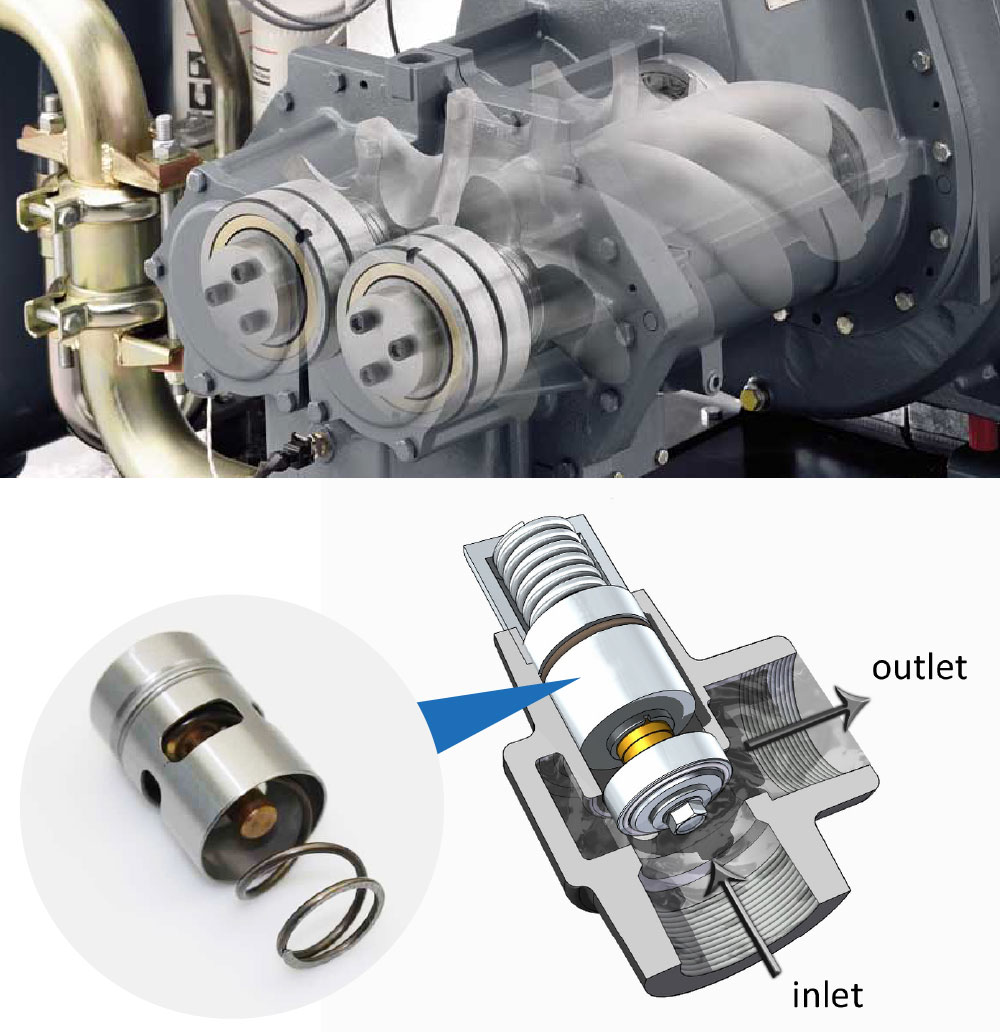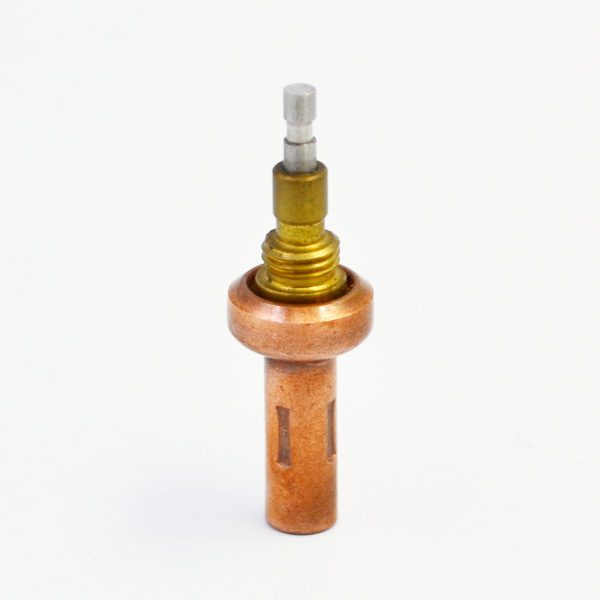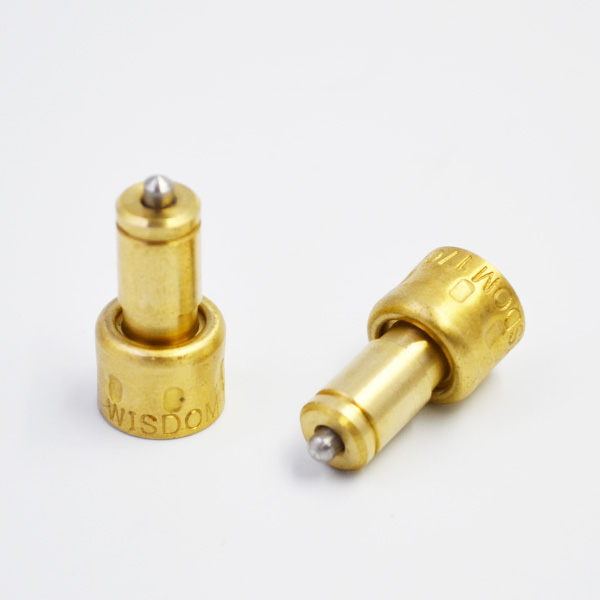In recent years, the research on Smith predictive compensation controller has become a trend. It can effectively compensate the delay of time-delay system, but it requires that the system has accurate control model and control accuracy is not high. At present, many researchers at home and abroad optimize the structure of Smith Predictive Compensation Controller, tune parameters with PID, and integrate Smith Predictive Compensator with advanced control methods such as Fuzzy Control and Neural Network. This paper will elaborate the current research status of Smith Predictive Compensation Controller from the above three aspects. In the field of industrial control or networked control systems, system response delay or system instability are often caused by volume or transmission process, and robustness is poor.

Because of the system response delay, the controlled quantity can not reflect the external disturbance of the system in time. Even when the controller receives the measured signal and responds to the action immediately, it also needs to delay time_to have an output effect on the controlled object, so that the system has obvious overshoot, which makes the stability of the system worse, the adjustment time is longer, the response speed of the system slower, and the control system will be affected by the overshoot. The design and control increase the difficulty. In 1958, Smith proposed a compensation control algorithm based on time delay, that is, Smith predictive compensation controller. Its greatest advantage is that the time delay in the closed-loop characteristic equation is removed, thus the time delay problem is transformed into a time-delay-free problem, which achieves better control performance and improves the robustness of the system. Smith predictor compensator principle structure is shown in Figure 1. R (T) is the input of the system, C (T) is the output of the system, D (s) is the transfer function of the regulator, the transfer function of the controlled object, thermostatic element and the transfer function of the compensator for Smith. Formula (1) shows that Smith predictive compensation control overcomes the influence of pure lag on the performance of control system. After compensation, the pure lag part no longer affects the stability of the system from the point of view of control system. The displacement theorem of the GP transform shows that the control action is delayed only one time. The dynamic process and other performance indexes of the system are exactly the same as those of the controlled object at a time of GP (s).
This shows that the prediction compensation controller effectively improves the influence of the delay on the performance of the control system. The first one is to optimize the structure of Smith predictive compensation controller and add parallel or series links in the control system to improve the robustness of the control system and enhance the anti-jamming ability of the system. Foreign scholars Uma S, Chidambaram M, Rao Seshagiri A have integrated traditional PID control with Smith predictive compensation control. A new structure of Smith predictive compensation controller is studied. The system has good robustness and effectively overcomes the uncertainty of system model and the influence of external disturbance. Gao Ming, Bao Xinhua and other scholars in China have proposed a compensation time delay setting, which solves the problem that the system with large pure time delay is always lagging behind the input under the action of step signal after the system is compensated by improved Smith predictor, and the response of the system is always lagging behind the input under the action of any input function. The main purpose of the optimization improvement of Smith predictive compensation controller structure is to improve the robustness and anti-disturbance ability of Smith predictive compensation control.

Structural optimization of Smith predictive compensation controller can improve the control performance of the system. It is still a main research trend to optimize the Smith structure.
The second one is the study of Smith predictive compensation controller combined with PID parameter tuning method. The parameters of the controller are tuned by robust performance index or other performance index of the control system.

Foreign scholars Majhi S and Atherton D P put forward the analytical method of parameter tuning and design of Smith controller, and the method of parameter self-tuning design. Chinese scholars Wang Huaqiang and Zhang Yi proposed an improved adaptive Smith predictive controller. At present, the parameter self-tuning method of Smith predictive compensation controller is mainly based on the performance indexes of the control system such as robustness and least quadratic optimization. Researchers mainly use self-tuning and self-adaptive algorithms. The performance of the system is improved by adding the above algorithms into the system. The evaluation of the performance of Smith compensation controller has always been one of the difficult problems to be solved in process control. Combined with the characteristics of Smith predictive compensation controller, it not only studies the high economic efficiency, but also studies the reasonable performance index, which is still a research direction of Smith predictive compensation controller parameter self-tuning in the future. The third is to integrate Smith predictive compensation controller with the existing advanced control methods such as fuzzy control and neural network, so as to improve the overall performance of the control system. Foreign scholars Uma S, Chidambaram M, Rao Seshagiri A, Yoo C K, etc. integrate Smith predictive compensator and cascade control deeply, which can effectively overcome the external disturbance of the system and improve the control performance of Smith predictive compensation control.

Researchers in China, Wu Longting, et al. Apply neural network to Smith predictive controller. Using the characteristics of advanced control with strong robustness and anti-jamming ability, Smith predictive compensator is deeply integrated with advanced control algorithm to effectively overcome the influence of system uncertainty, external disturbance and time delay on the system, and thus achieve a better control effect. However, the combination of Smith predictive compensation control with advanced fuzzy and neural network control will bring inconvenience to the stability analysis of the system. Most studies need to rely on the simulation of the MATLAB system to verify the effectiveness of the control method.
Advanced intelligent control algorithms are widely used in today’s process field. How to effectively integrate intelligent control algorithms with Smith predictive compensation control is still a potential research direction. To sum up, Smith predictive compensation control has become a major control method in the field of process control. With the introduction of network control technology into the process control system, the performance of the system will become worse due to the network transmission delay.
In the future, the Smith predictive compensation controller with robustness and good anti-interference in the networked control system will gradually become a new research. Hot spots.
